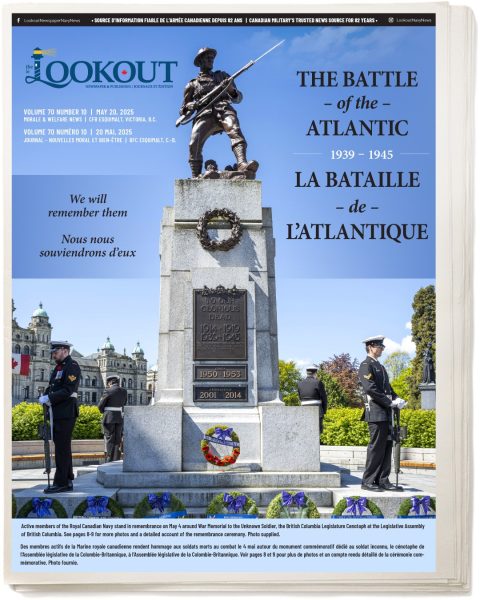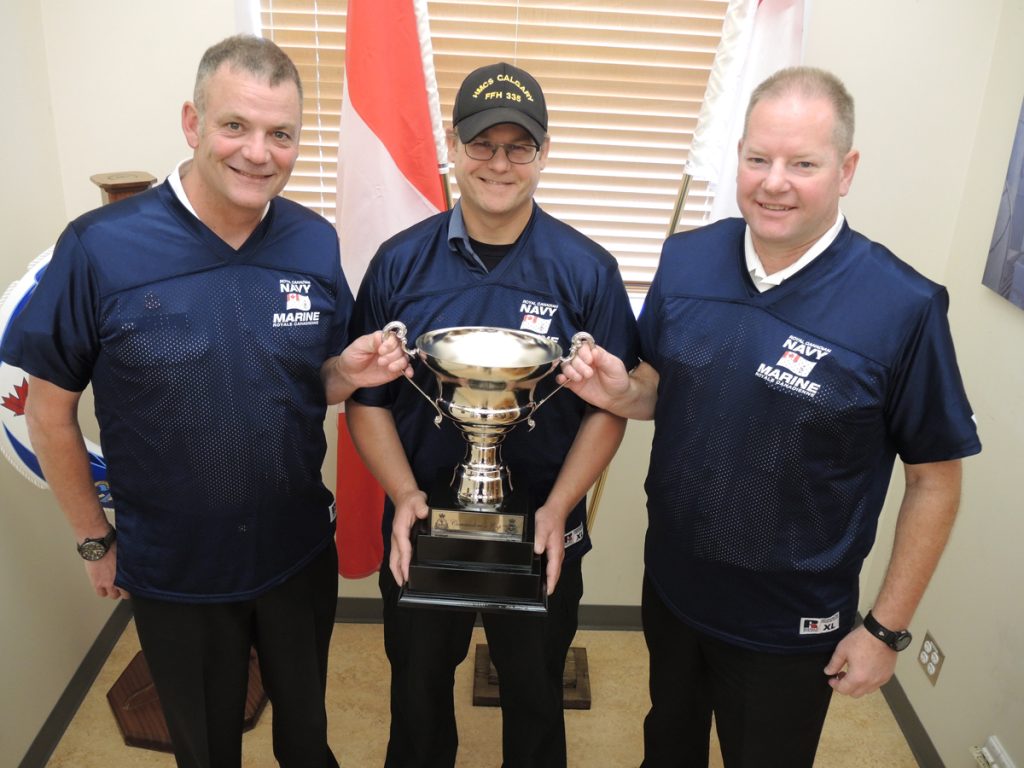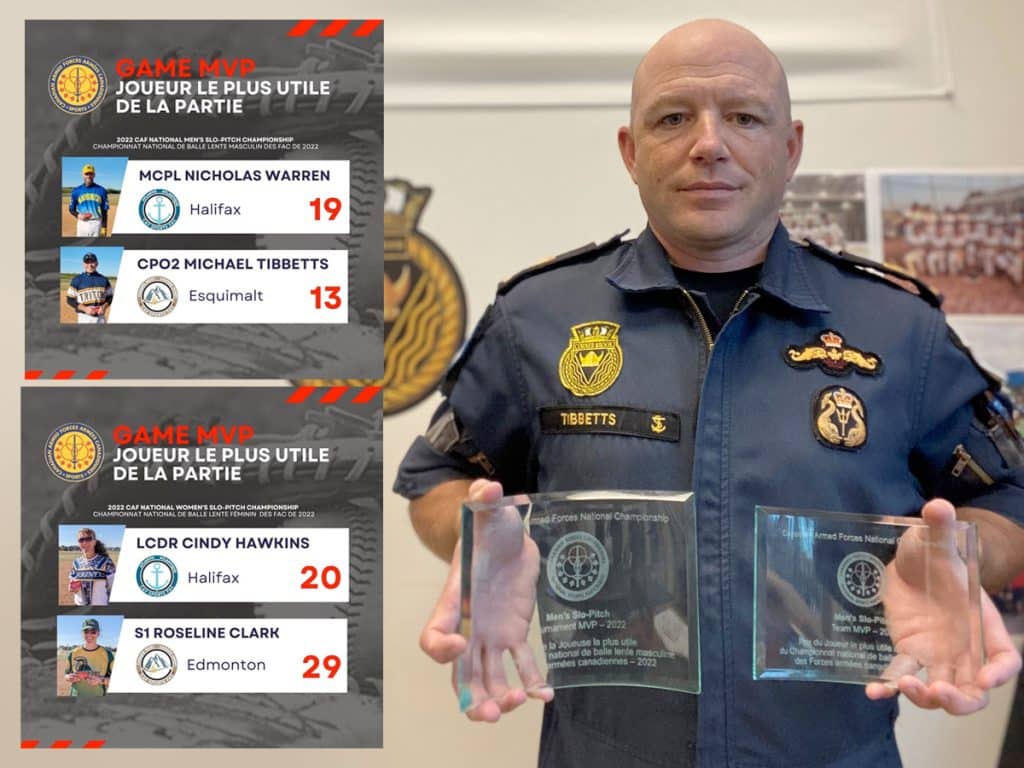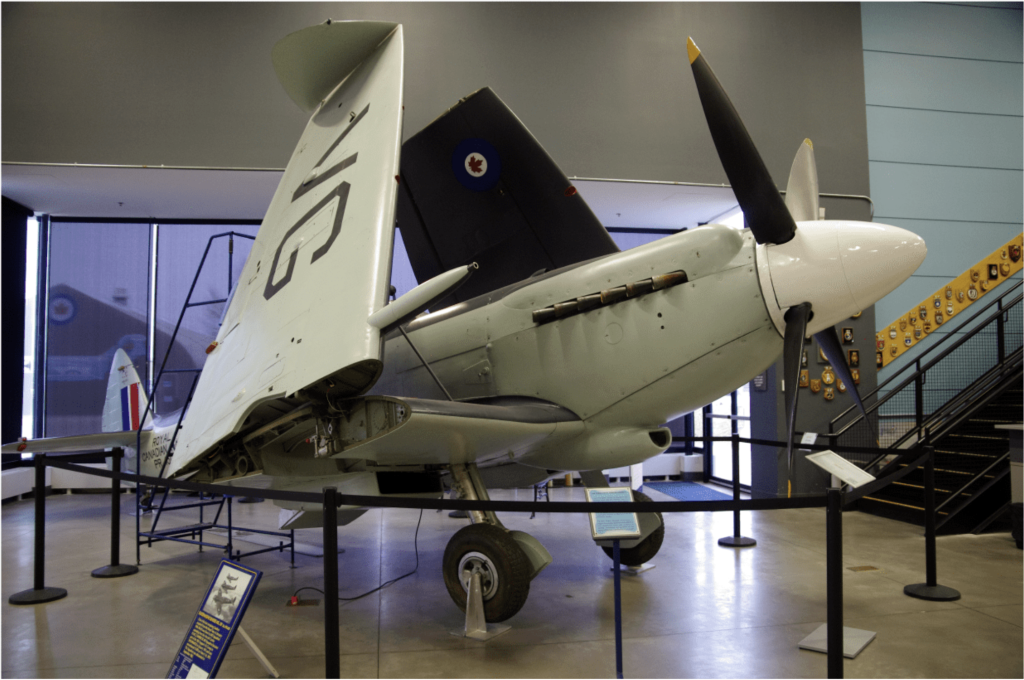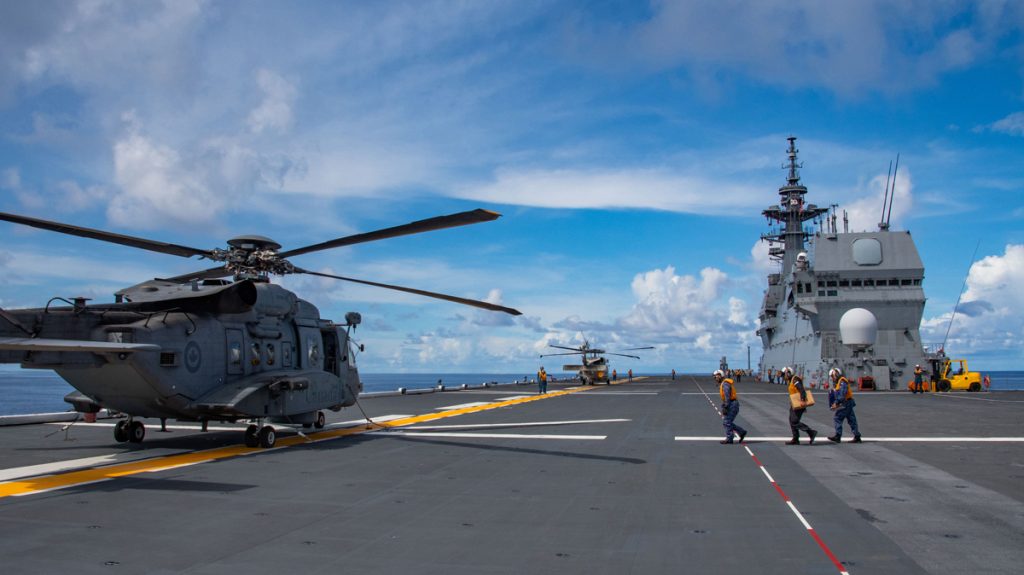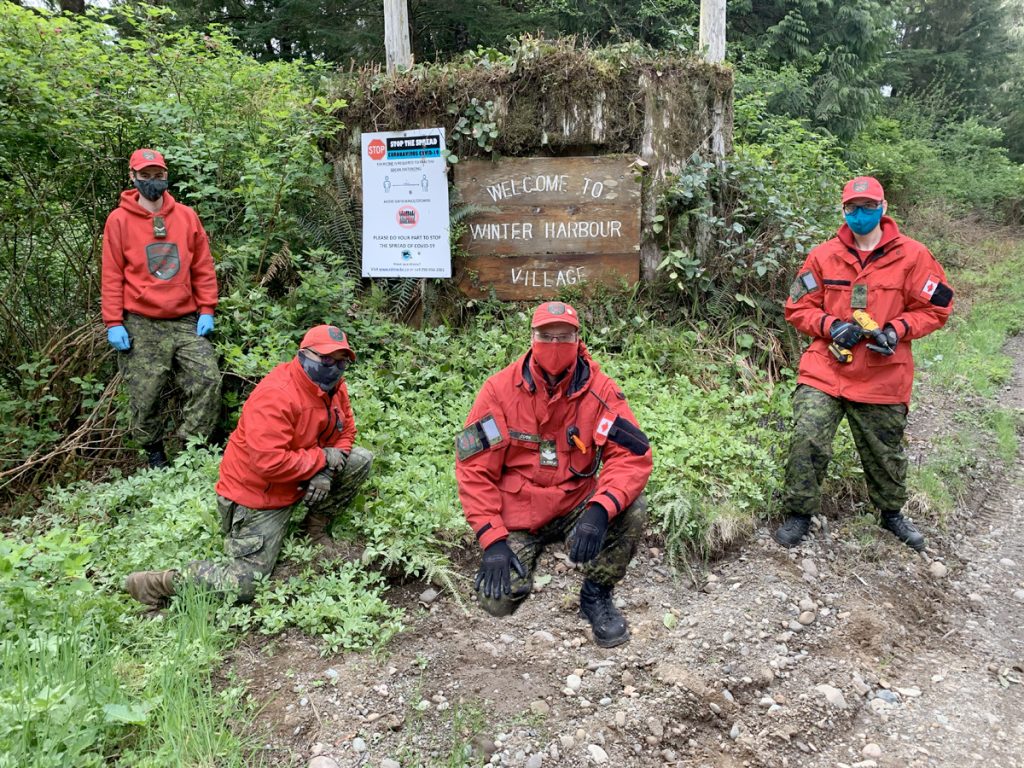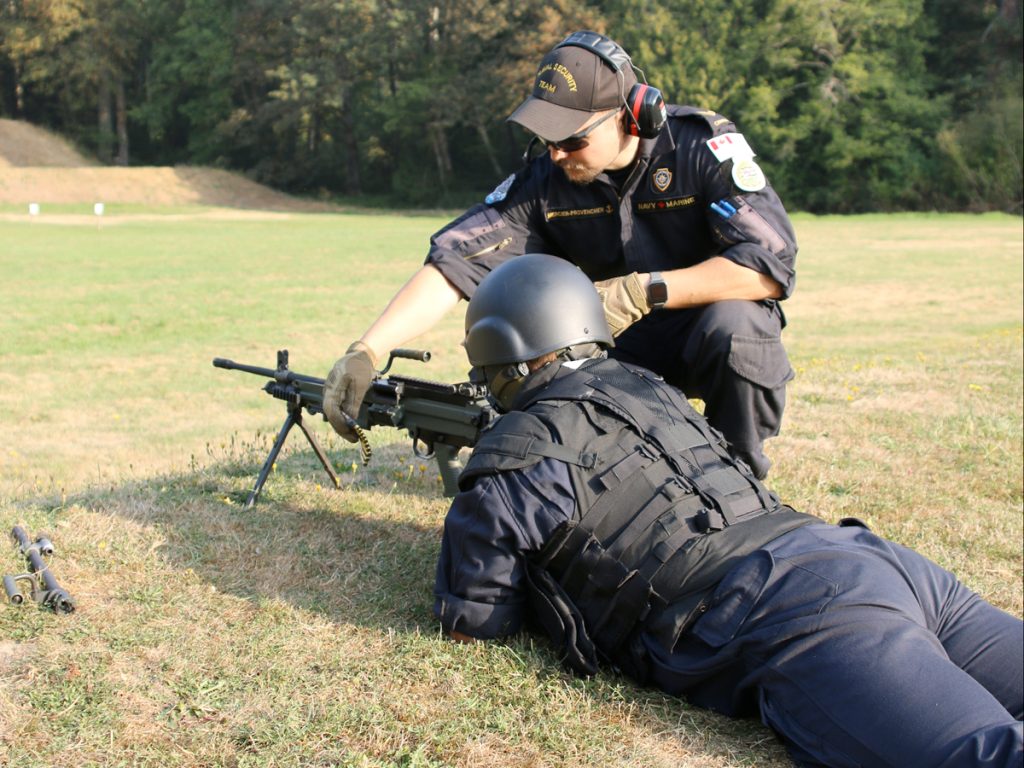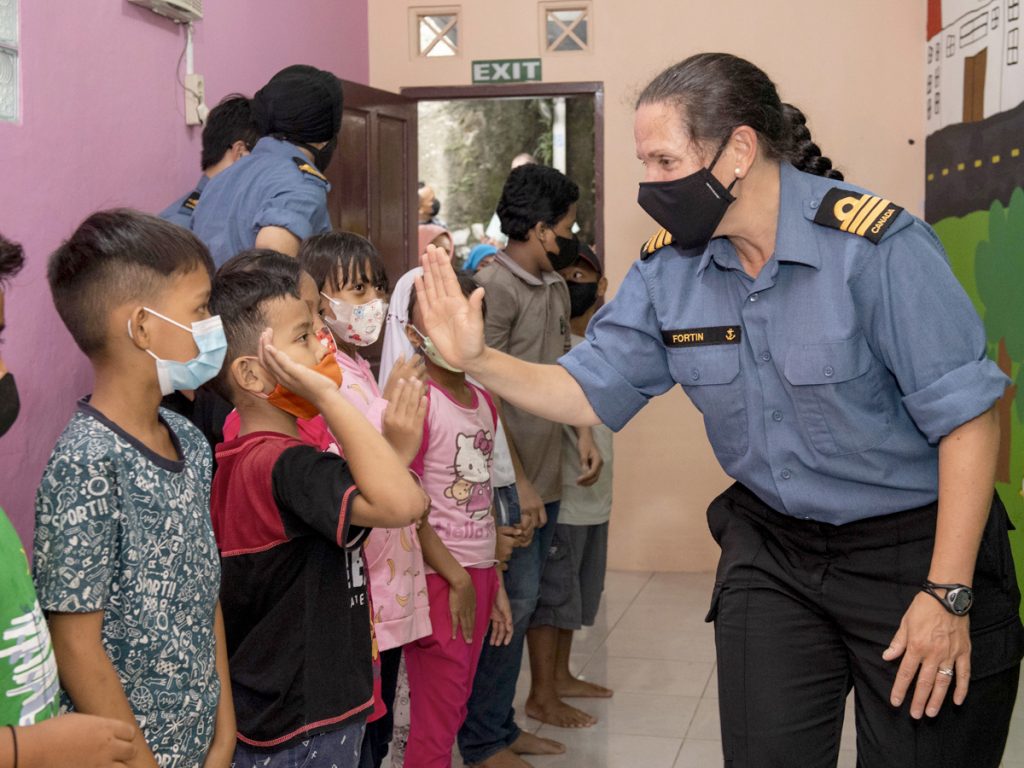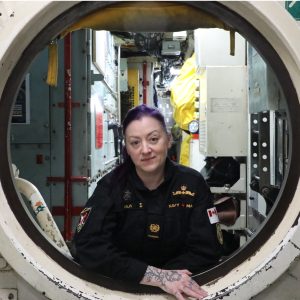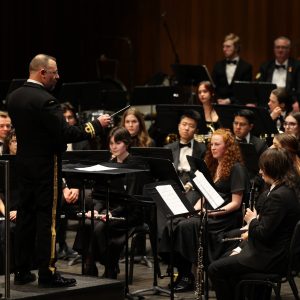
Jackspeak: Davy Jones’s Locker
Some think of Davy Jones, a legendary name among mariners, as a sixteenth-century purveyor of spirits who was infamous for drugging sailors so press gangs might abduct them. A mythical personification of evil, Davy Jones’s ghost now lies at the bottom of the ocean as a malevolent spirit to be feared by all who ply the sea. Thus, the name Davy Jones refers to a mythical ‘sea devil’. There is some evidence the name might have been derived from ‘Devil Jones’ or possibly from the term ‘Duffy’ (ghost) of Jonah. Historically, the name was first used in 1700s literature penned by Daniel Defoe and Tobias Smollett. However, the legend of Davy Jones probably began much earlier. In popular culture, Davy Jones might be better known as a character from a Pirates of the Caribbean movie or the name of a singer in the 1960s boy band, The Monkees. These references attempted to connect to the legendary Jones that superstitious sailors have learned to fear. The Pirates of the Caribbean franchise also refers to the Kraken, a feared entity of mythological lore. The name Kraken is derived from a Norwegian sea creature often described as resembling a giant squid. Of course, giant squids exist but do not attack ships, dragging them down to the sea depths. Or do they? To a sailor, Davy Jones’s locker often referred to that mythical place below the waves where all sunken ships, objects, or perished sailors lie. E.g., ‘Bloggins’ wallet went into the oggin, all the way down to Davy Jones’s locker’, meaning the wallet was now a permanent feature at the bottom of the ocean. Oggie or oggin is another way a sailor might refer to the sea. A word originating in the Royal Navy, according to John Irving’s book Royal Navalese (1946), the...
